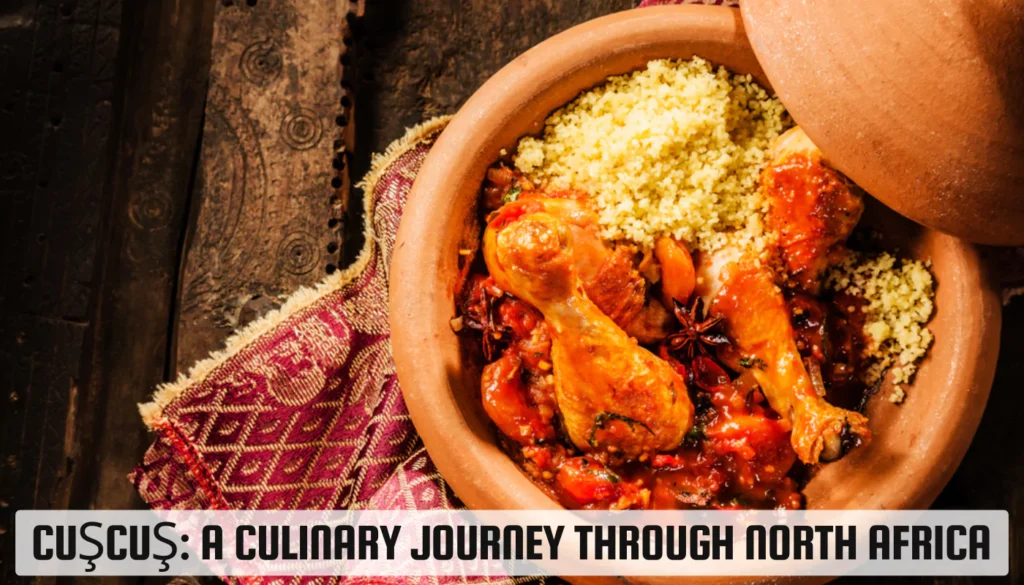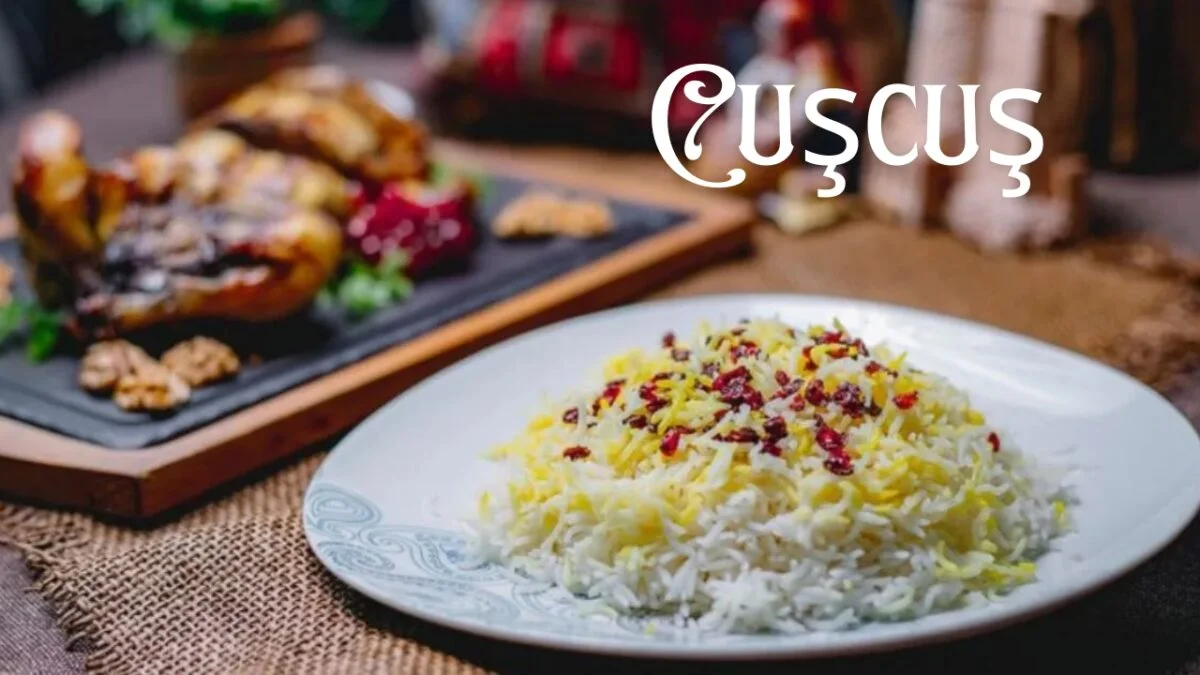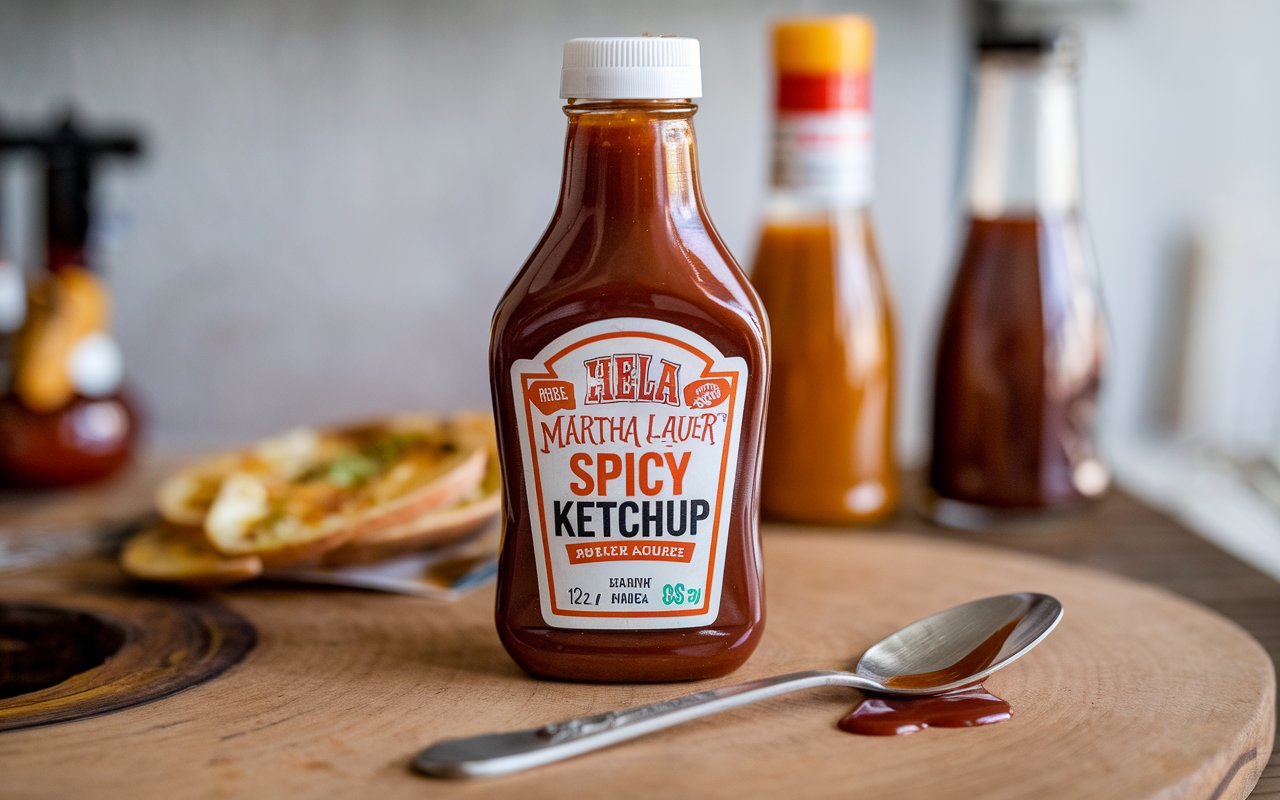Introduction
Did you ever think of having a meal that brings the restaurant experience to your house? If not, cuşcuş is worth exploring. Well-known for its versatility and pleasant texture, cuşcuş is common in many kitchens globally. Are you an experienced chef or home cook looking to try something different? Such realities are offered by cuşcuş.
This blog post will delve into the captivating history and origins of cuşcuş, examine its health benefits, and unveil the various types available in the market and their uses in cooking. We will also highlight cooking techniques, their popularity worldwide, and why they are essential to cultures. That way, you’ll be adequately prepared to produce your masterpiece using Cuşcuş.
Table of Contents
History and Origins
Origin of Cuşcuş in North African Culture

Some think that Cuşcuş originated in North Africa, where it has been a primary food for centuries. This versatile grain was initially developed by the Berber people, who are indigenous to this region. Restaurants and families have passed down their closely guarded preparation techniques and recipes through generations.
Traditional Preparation Methods
In North African culture, making couscous is often a communal activity involving the whole family. Traditionally, it is cooked by steaming in a unique pot known as couscoussière, which helps the grains to take in moisture and cook uniformly. It may last for several hours but, in the end, produces a light and tasty meal that forms the foundation of different stews and sauces.
Spread and Adaptation in Different Regions
Cuşcuş, originally from North Africa, has traveled to different parts of the world and acclimatized itself to local flavors and cooking habits. Morocco, Tunisia, and Algeria in the Mediterranean have versions, as do European and Middle Eastern food cultures, which have adopted this adaptable grain. Currently, cuşcuş can be found in many international meals, from salads to meat dishes.
Nutritional Value
Key Nutrients in Cuşcuş

It tastes good and also contains all the essential vitamins. Because it includes carbohydrates, it is an excellent energy source for our bodies. Moreover, it contains important proteins, fibers, and vitamins, such as the B complex, which includes iron and magnesium. These components affect people’s overall well-being.
Health Benefits
The health benefits of couscous involve not only its nutritional composition. Its rich fiber content makes it suitable for digestion and the intestines, making it an ideal choice for those who need fast but sustained energy. Its complex carbohydrates help to control and maintain a steady release of energy. Furthermore, its low-calorie count and fat content make it a good alternative for those conscious of their weight.
Comparison with Other Grains
Cuşcuş is a stand-alone grain when contrasted with similar ones, such as quinoa and rice. Cuşcuş offers a distinct taste and mouthfeel and can be combined with various food products to create different flavors. Despite its high protein content, quinoa has been replaced by cuşcuş in the culinary sector as it is adaptable and easy to cook.
Types of Cuşcuş
Traditional North African Cuşcuş

Traditional North African cuşcuş is characterized by its small, refined grains. It is typically prepared by steaming and is often served with rich, flavorful stews. This type of cuşcuş remains true to its roots, offering an authentic taste of North African cuisine.
Pearl Cuşcuş
More significant and rounder grains define couscous Israeli as pearl couscous. It is chewy in texture and hence loved for making salads or serving as a side dish. Modern recipes adore it due to its flavor-absorptive properties.
Lebanese Cuşcuş
Lebanese couscous Maghrebiyya has a more prominent grain size than pearl couscous. It is used in many rich soups and heartily textured dishes. The cooking methods may differ, but the taste will always remain excellent, and there will also be enough to eat.
Differences in Preparation and Use
Multiple types of couscous are prepared and used distinctively in culinary arts. The traditional variety is mainly steamed, while Lebanon and pearl couscous are usually boiled. The kind of couscous used can affect its taste and texture, so you must choose wisely when preparing a dish.
Culinary Uses
Common Dishes Featuring Cuşcuş
Cuşcuş is incredibly versatile and can be incorporated into a variety of dishes. Some typical dishes include:
- Moroccan Tagines: The slow-cooked stews are often made with cuşcuş, which absorbs the essence of meats and vegetables.
- Tunisian Seafood Cuşcuş: a tasty combination of seafood and cuşcuş spiced up with aromatic spices
- Mediterranean Salads: The addiţion of cuşcuş to salads adds a nice texture that fills up and nourishes more.
Innovative Recipes and Modern Twists
Modern chefs are continually finding new ways to incorporate cuşcuş into their recipes. From cuşcuş-stuffed vegetables to dessert cuşcuş pudding, the possibilities are endless. Experimenting with cuşcuş can lead to exciting culinary discoveries that surprise and delight your taste buds.
Cooking Techniques
Basic Preparation Methods
Preparing cuşcuş is relatively simple and quick. The primary method involves:
- Adding boiling water or broth to the cuşcuş.
- Covering it.
- Let it sit for a few minutes until the liquid is absorbed.
Fluffing it with a fork ensures a light and airy texture.
Steaming
Steaming cuşcuş is traditional and often yields the best results. Using a couscoussière, the cuşcuş is placed in the top compartment while the stew or broth simmers below. The steam rises through the grains, cooking them to perfection.
Boiling
Pearl and Lebanese cuşcuş are often boiled for a shobrieflye thrown into boiling water or broth, and cooked until the,y becomes method is because it takes less time to cook, thus refund erre, it is preferred by does do does not waste their boozers time waiting all day.
Tips for Perfect Texture
A few simple tips will give couscous the perfect texture. Softly fluff up the grains, avoid overcooking, and adjust the amount of liquid required for cooking. Do this, and you will always have light, fluffy, and delicious couscous.
Common Mistakes to Avoid
Excessive water usage, fluffing the grain, and overcooking are errors that most people frequently make most people make. These mistakes often result in mushy or clumpy couscous, which is less mouthwatering. The fitting process guarantees success.
Global Appeal
Cuşcuş in International Cuisines
Cuşcuş has found its way into various international cuisines, each adding its unique twist. It is usually accompanied by different types of meats and vegetables in France. In the Middle East, it forms the basis of many traditional dishes.
Popularity in European and Middle Eastern Dishes
European and Middle Eastern chefs have embraced cuşcuş for its versatility and ease of preparation. It is a common ingredient in many regional specialties, from French ratatouille with cuşcuş to Middle Eastern lamb cuşcuş.
Fusion Recipes
Fusion cuisine is about blending different culinary traditions, and cuşcuş fits perfectly into this trend. Chefs experiment with combining cuşcuş with ingredients and flavors from various cultures, creating innovative and exciting dishes.
Cultural Significance
Role of Cuşcuş in Traditional Celebrations and Festivals
Many indigenous ceremonies and holidays consider couscous a must-have dish. It is a North African product that is used during wedding occasions, religious festivals, and family gatherings. Couscous means togetherness, harmony, and unity of purpose for people who converge under one roof for meals.
Symbolic Meanings in Different Cultures
Many societies view cuşcuş as a symbol of many things. Some see wealth and abundance in it, while others regard it as politeness and hospitality. To understand this humble grain, you must first recognize these cultural hints.
Conclusion
Cuşcuş is more than just grain; it is a culinary adventure crying for exploration. Its rich past, nutritional advantages, and versatility make it an essential item in any kitchen. Whether cooking a conventional North African meal or playing with the newest recipes, cuşcuş provides infinite options.
Are you ready to embark on your cuşcuş voyage? Use the recipes and methods mentioned here to become part of the global community of cuşcuş enthusiasts. For any inquiries, we can be reached anytime – we are available so that you can derive pleasure from every mouthful of your cuşcuş activities!










